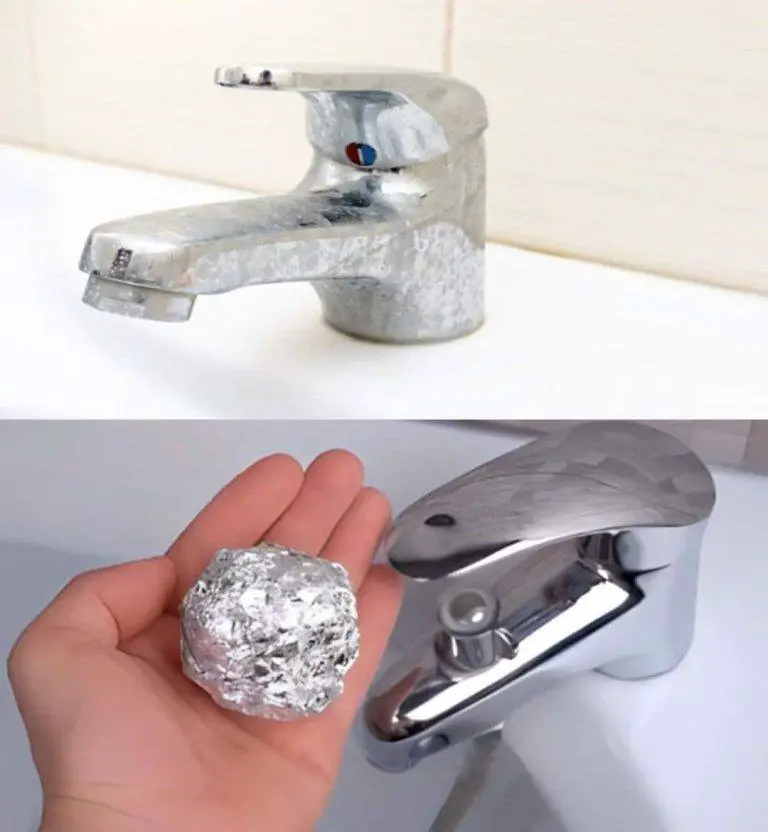Limescale, the chalky white deposit commonly found on faucets, showerheads, and appliances, results from the accumulation of calcium carbonate present in hard water. While commercial chemical descalers are available, many individuals prefer eco-friendly and non-toxic alternatives. This guide explores effective natural methods to remove and prevent limescale buildup in your home.
Understanding Limescale Formation
Limescale forms when hard water—water with high mineral content, particularly calcium and magnesium—evaporates or is heated, leaving behind mineral deposits. Over time, these deposits accumulate on surfaces, leading to unsightly stains and potential damage to plumbing and appliances. Addressing limescale promptly is essential to maintain the efficiency and longevity of household fixtures.
Natural Remedies for Limescale Removal
- White VinegarWhite vinegar is a natural acid that effectively dissolves mineral deposits.Application:
- For Faucets and Showerheads: Soak a cloth in white vinegar and wrap it around the affected area. Leave it for a few hours or overnight to allow the vinegar to break down the limescale. After soaking, scrub gently with a non-abrasive brush and rinse thoroughly with water.
- For Appliances: Fill the appliance (e.g., kettle or coffee maker) with a solution of equal parts white vinegar and water. Let it sit for an hour, then run a complete cycle or boil the solution. Empty and rinse thoroughly to remove any residual vinegar taste.
- Lemon JuiceLemon juice contains citric acid, which is effective in dissolving limescale while leaving a pleasant fragrance.Application:
- Direct Application: Cut a lemon in half and rub it directly onto limescale-affected areas such as faucets or tiles. Allow the juice to sit for about an hour before scrubbing and rinsing.
- Spray Solution: Mix equal parts lemon juice and water in a spray bottle. Spray the solution onto surfaces with limescale buildup, let it sit, then scrub and rinse as needed.
- Baking SodaBaking soda acts as a mild abrasive, helping to scrub away limescale without scratching surfaces.Application:
- Paste Formation: Create a paste by mixing baking soda with a small amount of water. Apply the paste to the limescale deposits, let it sit for 15 minutes, then scrub with a soft brush or cloth. Rinse thoroughly to remove any residue.
- Citric AcidCitric acid, found naturally in citrus fruits, is a potent limescale remover.Application:
- Solution Preparation: Dissolve two tablespoons of citric acid powder in a liter of warm water. Apply the solution to limescale-affected areas, let it sit for 20 minutes, then scrub and rinse thoroughly.
- Steam CleaningSteam cleaning is an effective chemical-free method to loosen limescale deposits.Application:
- Steam Cleaner Use: Utilize a steam cleaner to treat areas with limescale buildup. The high-temperature steam helps break down deposits, making them easier to wipe away. This method is particularly useful for bathroom tiles, shower doors, and kitchen surfaces.
Preventive Measures to Avoid Limescale Buildup
- Regular Cleaning: Wipe down wet surfaces after use to prevent mineral deposits from forming.
- Use of Water Softeners: Installing a water softener can reduce the mineral content in your water supply, thereby minimizing limescale formation.
- Install Water Conditioners: Devices like the Halcyan Water Conditioner alter the behavior of minerals in the water, reducing the risk of limescale buildup. halcyanwater.com
- Frequent Descaling: Regularly descale appliances such as kettles, coffee makers, and dishwashers using natural descaling solutions to maintain their efficiency.
Conclusion
Eliminating limescale without resorting to harsh chemicals is achievable through natural methods like white vinegar, lemon juice, baking soda, citric acid, and steam cleaning. By incorporating these strategies and preventive measures into your routine, you can maintain a limescale-free home that is both eco-friendly and safe for your household.
For a visual demonstration of these techniques, you might find this video helpful:

